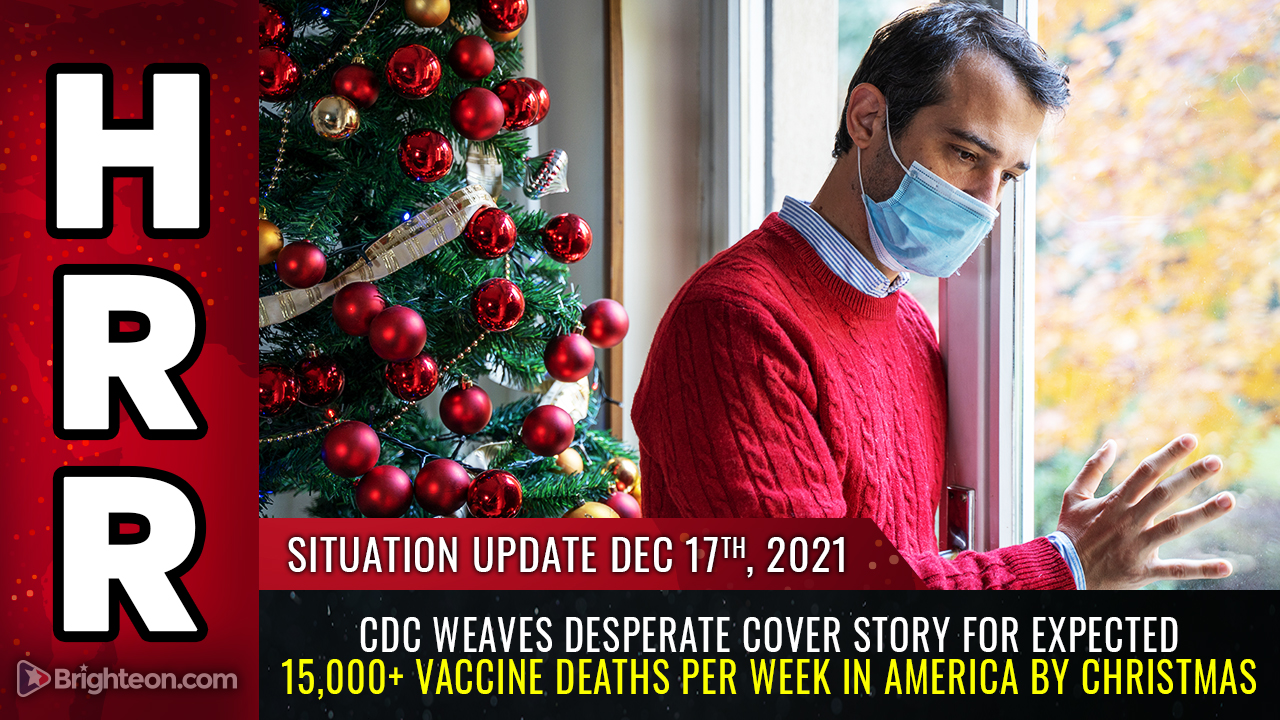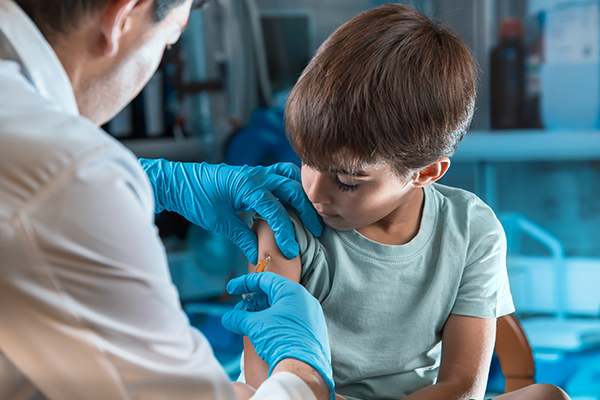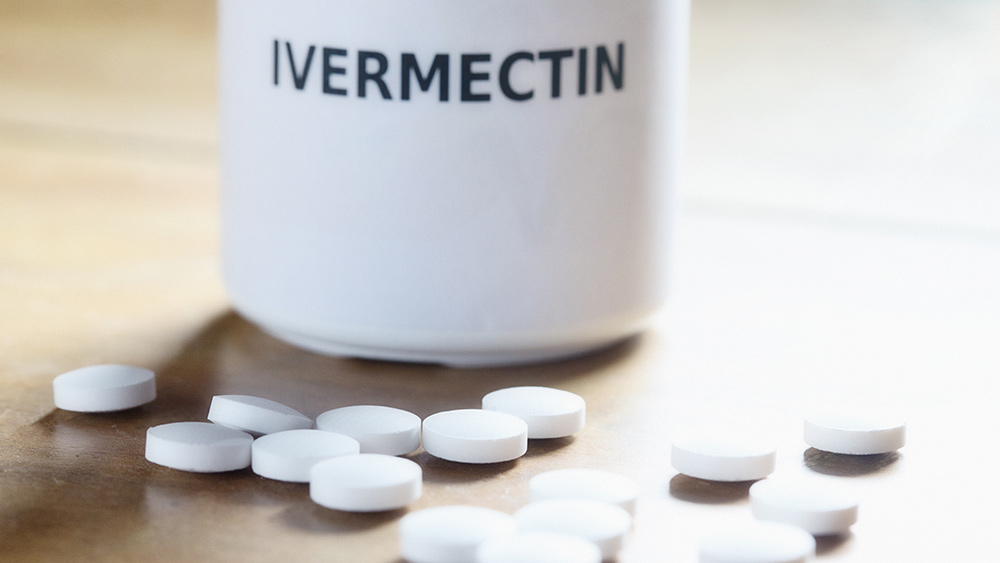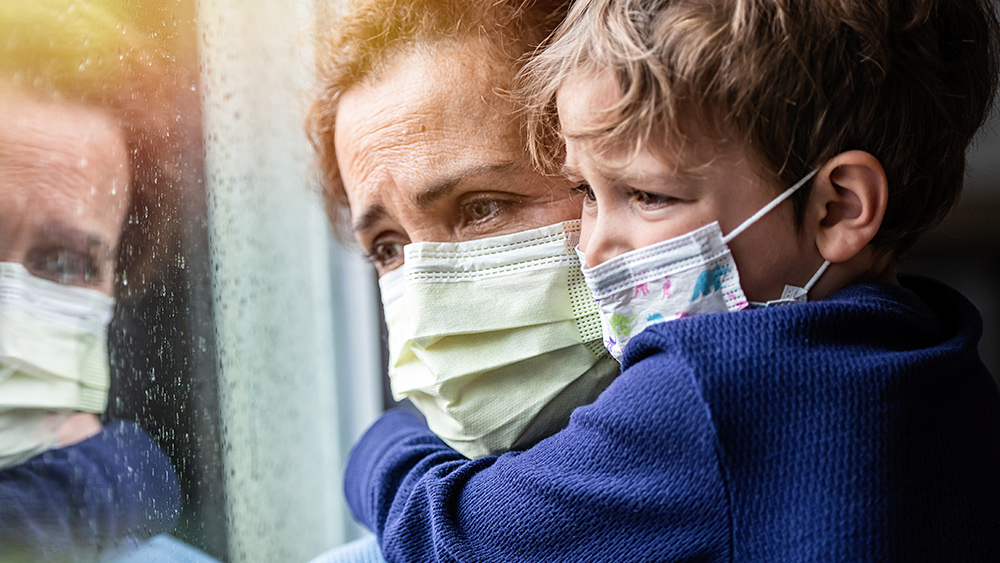Indoor pollution in classrooms threatens the health of schoolchildren, scientists warn
06/01/2021 / By Cassie B.
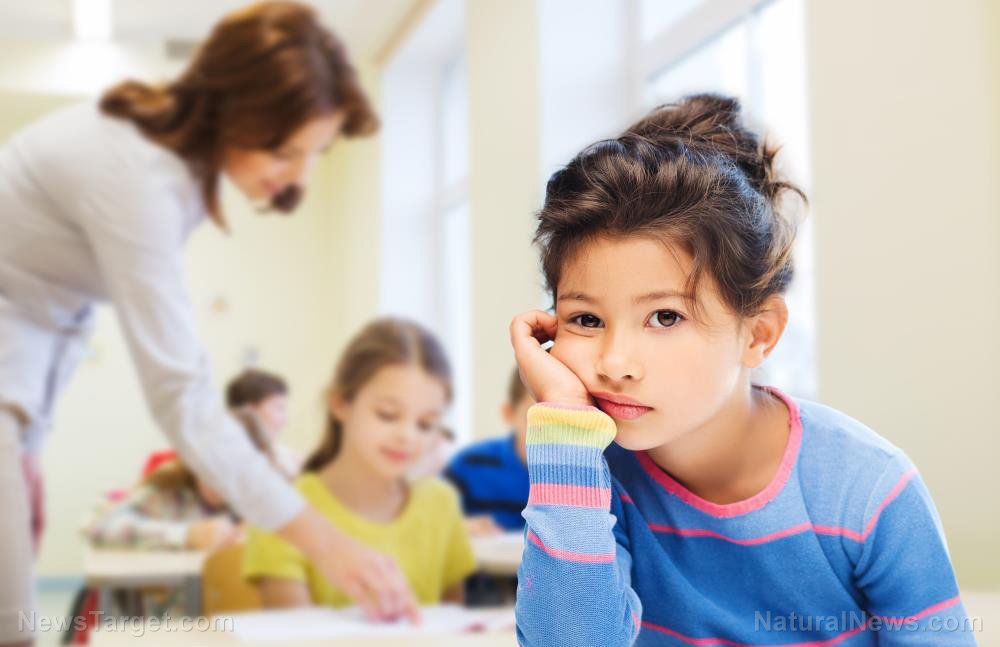
When you think of indoor air pollution, you might imagine a home with a wood-burning stove or a smoky bar. One environment that may not come immediately to mind is a school, but the unfortunate truth is that indoor air pollution in classrooms around the world is putting children’s health in jeopardy.
A study published in the journal Environmental Science & Technology revealed that the air in some classes actually contains even higher levels of tiny pollutants than you’d find in the polluted air outdoors. This means kids are not getting a break from poor-quality air.
Studies have found toxic pollutants inside classrooms in the United States, Australia and Europe. In England, around 6,500 primary, nursery and secondary schools were in places where toxic indoor particle levels exceeded the limits recommended by the World Health Organization. Many of these schools are situated near busy roads. These particles are widely considered the most dangerous kind of indoor air pollution, thanks in no small part to how easily they can make their way into children’s lungs and bloodstreams.
Besides the many dangerous health effects of indoor air pollution, it is impacting children’s academic performance. One study showed that placing air filters in school classrooms that filter our toxic pollutants led to improvements in school performances. Specifically, installing air filters resulted in a 0.20 rise in overall math scores and a 0.18 rise in English scores.
Study author Mike Gilraine of New York University said: ‘The results indicate that air filter installation is a highly cost-effective policy to raise student achievement and, given that underprivileged students attend schools in highly polluted areas, one that can reduce the pervasive test score gaps that plague public education.”

Research suggests that air filters can drive students’ grades up just as much as cutting class sizes can. Scientists equated the improvements in scores to around 2.5 months of extra learning. Air filters improve air quality in classrooms by removing toxic particles, and this includes the pollutants that are emitted by vehicles and industry.
Are masks making a bad situation worse?
Of course, this study was carried out before mask mandates. These days, many schools are requiring children to wear masks all day because of COVID-19, which only makes it even harder for them to breathe. Moreover, scientists have discovered that some of the face masks being used by the general public, children included, contain environmental pollutants, carcinogens and other toxic chemicals such as formaldehyde and aniline.
Perfluorocarbons are also being found in masks. Experts say they are used as fluid repellents as the chemicals can repel viruses. Although PFC concentrations in masks are within safe limits on the surface, wearing the masks for extended periods – as kids do in school – is enough for exposure to surpass safe limits over time.
Even the EPA is concerned
According to the EPA, indoor air problems can be subtle and will not always have immediately obvious impacts on health. Symptoms of exposure can include shortness of breath, sneezing, coughing, nausea, headaches and irritation to the nose, throat, eyes and skin. Students with asthma, allergies, chemical sensitivities, suppressed immune systems and respiratory diseases may be more vulnerable. In addition, because children’s bodies are still developing, it may make them even more susceptible as they breathe more air in proportion to their body weights than adults do.
If your child has health complaints associated with particular times of the day or week and other students have similar complaints or their problems only occur when they are in school, it is time to contact school officials and teachers to request that air filters be installed in classrooms. School-aged children spend a significant amount of time inside school buildings, so ensuring high-quality classroom air is essential.
Sources for this article include:
Tagged Under: academic performance, air filters, asthma, brain function, brain health, classrooms, environment, indoor air quality, masks, public schools, research









